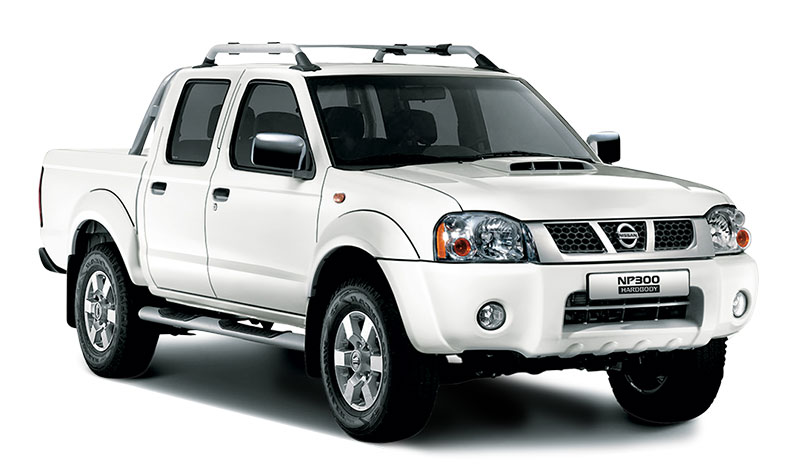The Nissan Hardbody: A Timeless Legend of Durability and Performance
When it comes to rugged, reliable pickup trucks, few names carry as much weight as the Nissan Hardbody. Known for its tough construction, dependable performance, and no-nonsense design, the Hardbody has earned a loyal following among truck enthusiasts, off-roaders, and everyday drivers alike.

A Brief History of the Nissan Hardbody
The Nissan Hardbody (officially known as the D21 in global markets) was introduced in 1985 as a replacement for the Nissan 720 pickup. It was part of Nissan’s push into the competitive compact truck market, going head-to-head with rivals like the Toyota Hilux and Ford Ranger.
What set the Hardbody apart was its double-wall cargo bed construction, which made it exceptionally durable—hence the “Hardbody” name. It was available in various configurations, including single cab, King Cab (extended cab), and even a 4×4 variant, making it versatile for both work and play.
Production continued until 1997 in the U.S., though it remained in production in other markets for years afterward. Today, the Hardbody has become a cult classic, prized for its simplicity, reliability, and rugged charm.
What Made the Nissan Hardbody Special?
1. Legendary Durability
The Hardbody was built to last. Its reinforced frame, solid axles, and robust suspension made it capable of handling heavy loads and rough terrain. Many Hardbody trucks from the ’80s and ’90s are still on the road today—a testament to their engineering.
2. Simple Yet Effective Design
Unlike modern trucks loaded with electronics, the Hardbody was mechanically straightforward, making it easy to repair and modify. Its 2.4L KA24E (and later KA24DE) engine was known for its longevity, while the V6 models (VG30E/VG30i) offered extra power for towing and off-roading.
3. Off-Road Capability
The 4×4 models came with a part-time 4WD system, solid front axle (early models), and optional locking differentials, making them excellent for off-road adventures. Many Hardbody trucks have been transformed into budget-friendly trail rigs and overlanding vehicles.
4. Customization Potential
From lowered mini-trucks to lifted off-road beasts, the Hardbody has been a favorite among modifiers. Its straightforward design makes it perfect for engine swaps (LS, SR20, RB26, etc.), suspension upgrades, and aesthetic customizations.
The Nissan Hardbody Today: A Rising Classic
As vintage trucks gain popularity, the Hardbody’s value is increasing. Clean, unmodified examples are becoming rare, and enthusiasts are snapping them up for restoration projects. Social media groups and forums dedicated to the Hardbody prove that its legacy is far from forgotten.
Why Buy a Nissan Hardbody in 2024?
Affordable classic truck (prices are still reasonable compared to Toyota pickups)
Easy to work on (great for DIY mechanics)
Strong aftermarket support (plenty of parts available)
Timeless styling (retro ’80s/’90s appeal)
Final Thoughts
The Nissan Hardbody is more than just an old pickup—it’s a symbol of durability, simplicity, and driving enjoyment. Whether you’re looking for a daily driver, a project truck, or an off-road build, the Hardbody delivers in ways few modern trucks can.
If you’re in the market for a reliable, customizable, and downright cool classic truck, the Nissan Hardbody should be at the top of your list.
